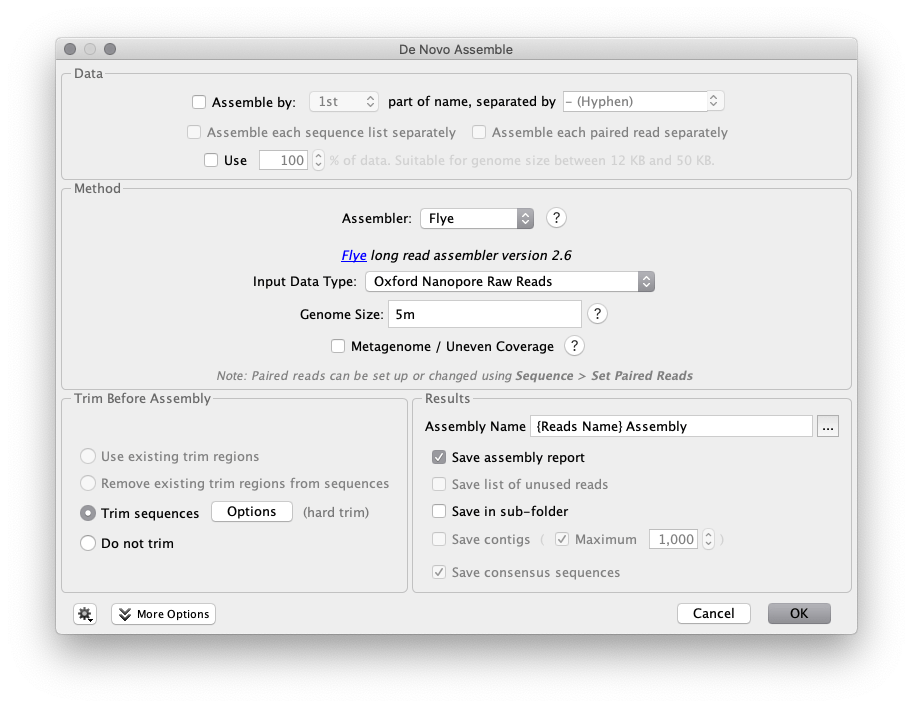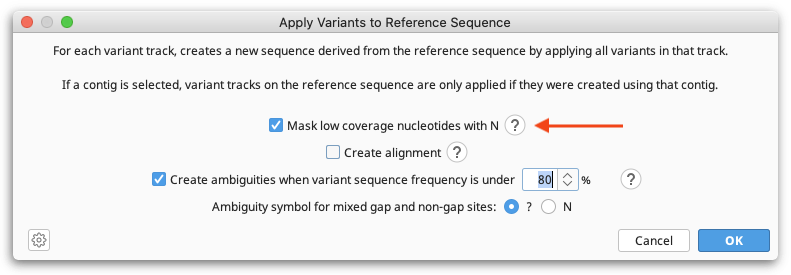

While many introduced taxa go unnoticed, some may act as “ecosystem engineers” by altering abiotic and biotic factors, leading to changes in the structure of the original ecosystem (Jones et al., 1994) such non-native taxa may then be called invasive because of their negative impact on ecosystem services and native species (Richardson et al., 2011). Over recent decades, global human transportation networks have led to the establishment of once geographically restricted species into new ecosystems (Hulme, 2009 Hulme et al., 2008 Roderick & Navajas, 2015 Sinclair et al., 2020). The study highlights the role of habitat modification driven by an invasive plant in altering community structure and biotic interactions, threatening the stability of the ecosystem through significant changes to the biotic community. Additionally, the frequency of novel interactions with parasites was significantly higher in invaded sites, reflected by the frequency and diversity of non-native Hymenoptera parasites and entomopathogenic fungi. Our study shows that, although there are shared components of the dietary community, spiders in invaded habitat are eating a less consistent and more diverse diet consisting of more non-native arthropods which are rarely or entirely undetected in spiders collected from native forest. Using dietary metabarcoding, our study examines the response of a native Hawaiian generalist predator (Araneae: Pagiopalus spp.) to habitat modification by comparing biotic interactions across metapopulations of spiders collected in native forest and sites invaded by kāhili ginger. To understand how native organisms respond to modified habitat, it is essential to examine biological communities within invaded and non-invaded habitat, identifying compositional shifts in native and non-native taxa as well as measuring how modification by ecosystem engineers has affected interactions among community members.

GENEIOUS PRIME 10 DRIVER
One major driver of instability is species invasion, especially by organisms that act as “ecosystem engineers” through their modification of abiotic and biotic factors.
GENEIOUS PRIME 10 FREE
If someone has a work around on this feel free to dm me.Earth systems are nearing a global tipping point, beyond which the dynamics of biological communities will become unstable.

GENEIOUS PRIME 10 SOFTWARE
I also already tried to "circumvent" the free trial restrictions or getting multiple free trial licenses but the software detects this and won't accept it. Plasmid map handling: view, edit, digest, highlight features, show primer binding sites Store and edit FASTA files of DNA and proteins. Just to get an idea here are some things I want to do: It can't handle protein sequences (as far as I know), it's alignment tool is not that accurate (at least what I saw trying it) and in general it ist just very very basic. I've used ApE quite long but finally it is very tedious to use. I was not really satisfied with the alternatives I've seen so far: UGENE, Ape. I know Geneious has a 14 Day free trial but I need quite a lot of its features much longer than that. I'm looking for a more or less permanent solution.

So please excuse me repeating this question to hopefully get new answers or solution which might not have been available the last time it was posted.Īre there good free to use alternatives to the software "Geneious Prime"? But the responses I found are all pretty old (at least what I have found). This question has probably been asked quite often already.


 0 kommentar(er)
0 kommentar(er)
